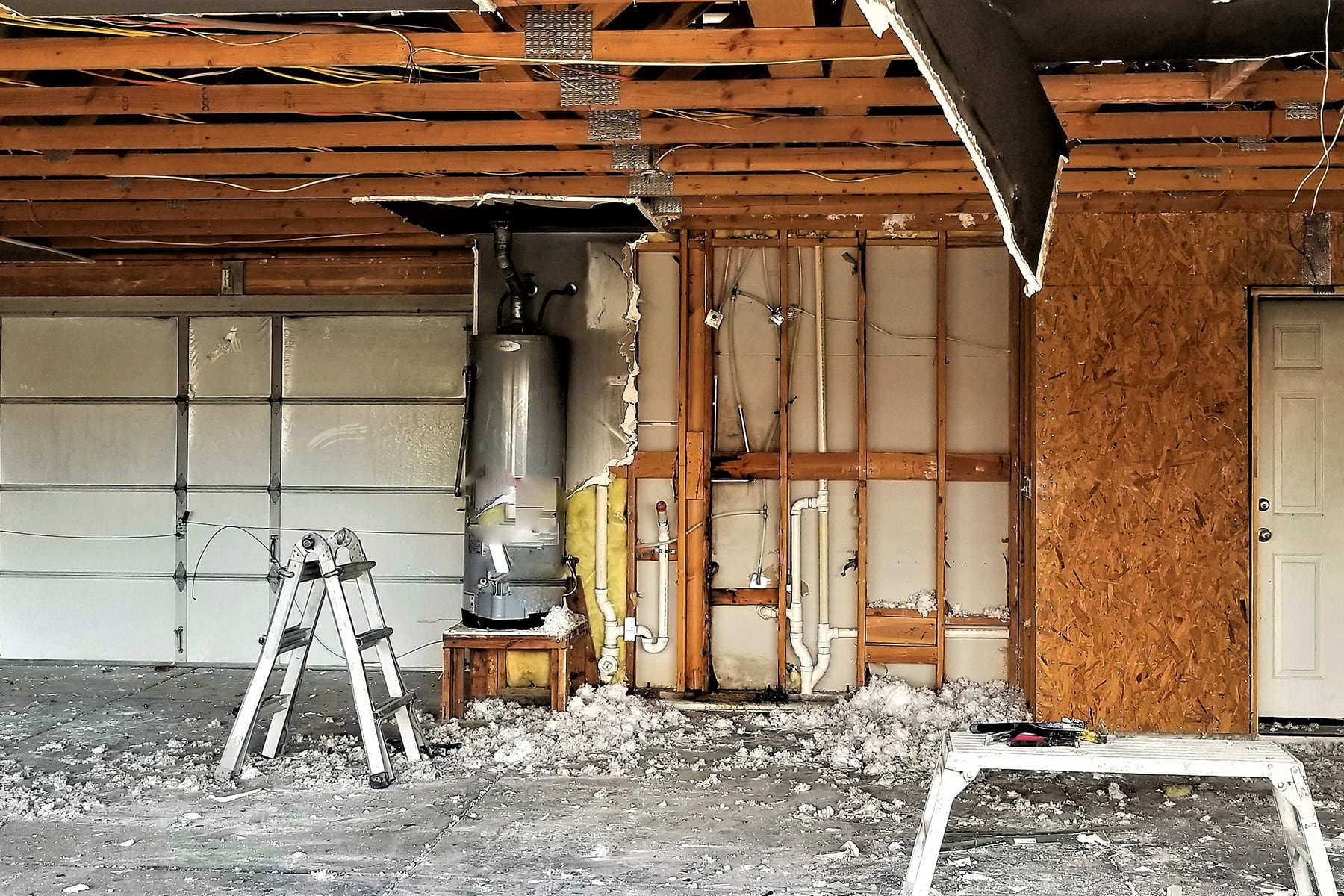
When fire strikes, it can leave your home in ruins, and the lingering smoke damage can be equally destructive. If you’re a homeowner in Victoria or Nanaimo you’ll want to pre-equip yourself with the information we will share in this article.
Understanding Fire and Smoke Damage
Different Types of Smoke Damage
Fire and smoke damage come in various forms, each with its unique characteristics. Understanding these types is essential for effective restoration.
From protein residue, often left behind by kitchen fires, to fuel-oil soot from furnace puff-backs, understanding the type of smoke damage by a professional is key to a successful restoration.
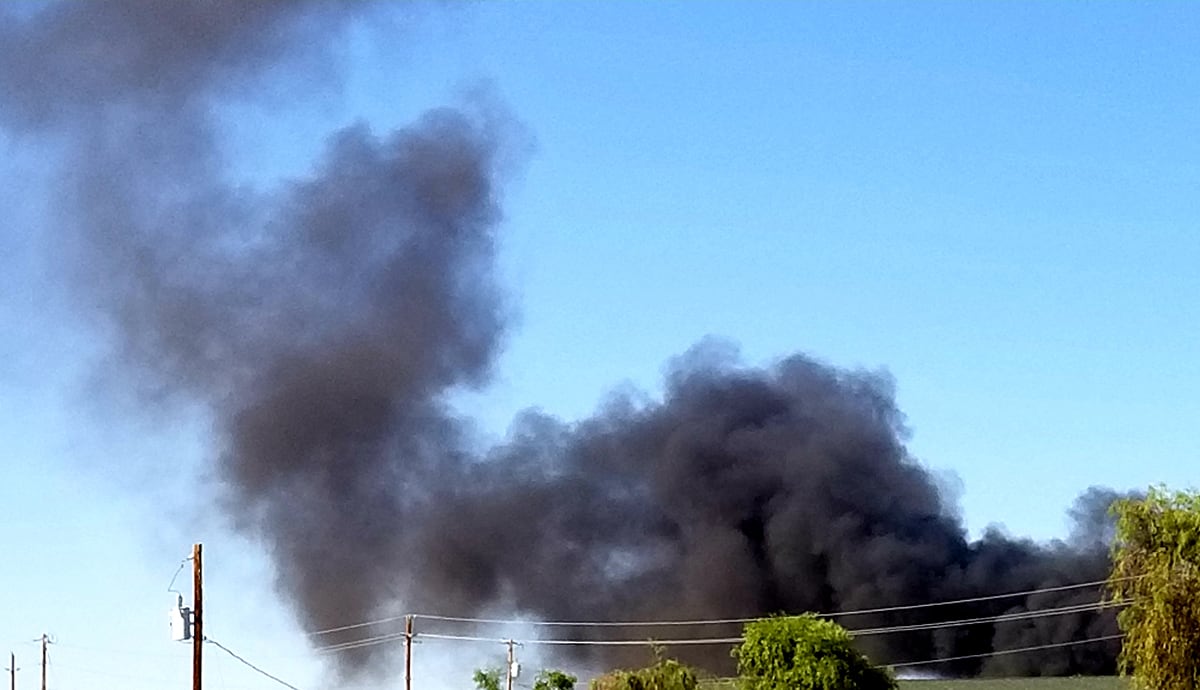
The Complexity of Smoke Behaviour
To effectively address smoke damage, it's crucial to comprehend how smoke behaves during a fire. Smoke can move in ways that it gets drawn into cracks and crevices which can create lingering odours that are difficult to uncover and eliminate.
While we won’t delve into the science behind smoke, and the potential for hidden damage within your home's structure, First General has an expert team with industry certifications. Their knowledge is invaluable when assessing the extent of damage and planning for restoration.
Health Impacts and Safety
Health Risks Associated with Smoke and Soot
Smoke and soot pose significant health risks. Exposure to these substances can lead to respiratory problems and other health concerns. We understand these risks, including the dangers of inhaling toxic particles, and can provide you with essential information on protecting yourself and your loved ones.
Safety Measures Post-Fire
In the aftermath of a fire, safety should be your top priority. We can offer guidance on immediate safety measures, including when it's safe to re-enter your home and what precautions to take to avoid further damage.
Immediate Actions and Quick Response
Acting swiftly is paramount when it comes to limiting damage after a fire. We'll stress the importance of a rapid response and outline the initial steps homeowners should take to safeguard their property. This includes:
- Contacting emergency services
- Documenting the damage for insurance claims; and
- Securing your property against further harm
Salvageability and Restoration Processes
What Can Be Salvaged?
Not everything is lost in the wake of a fire.
We'll discuss what items can be salvaged and which may need replacement, helping you make informed decisions during the restoration process. Quick action and professional assessment are key to maximizing salvageability.
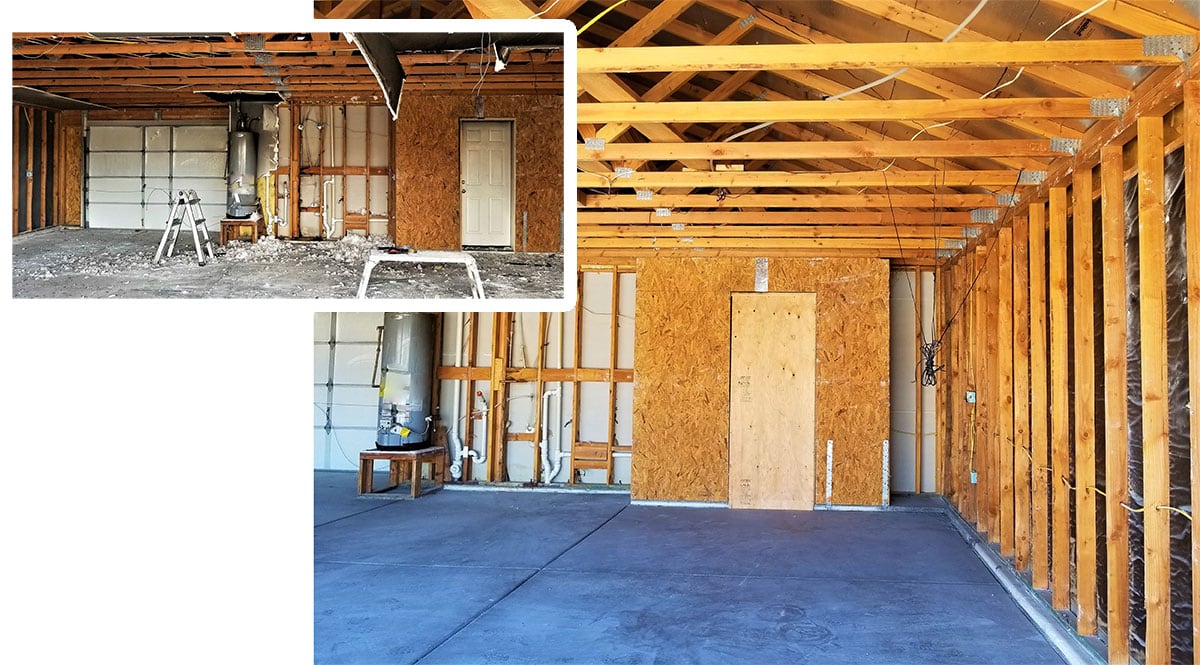
Professional Restoration Process
Restoring your home after a fire is a complex task that requires expertise and compassion.
We'll explain the professional restoration process that can bring your home back to its pre-damaged condition, including:
- Advanced cleaning techniques
- Structural repairs; and
- Odour removal methods
In addition we’ll communicate in a timely and understanding manner. Collaborating with certified restoration professionals is essential for a successful recovery.
Advancements and Considerations in Damage Restoration
Innovations in the Field
Technology continues to advance in the world of restoration. At First General, we use the latest tools and methods in damage restoration services that are making the restoration process more efficient and effective than ever before.
From advanced cleaning equipment to state-of-the-art air purification systems, these innovations play a crucial role in restoration success.
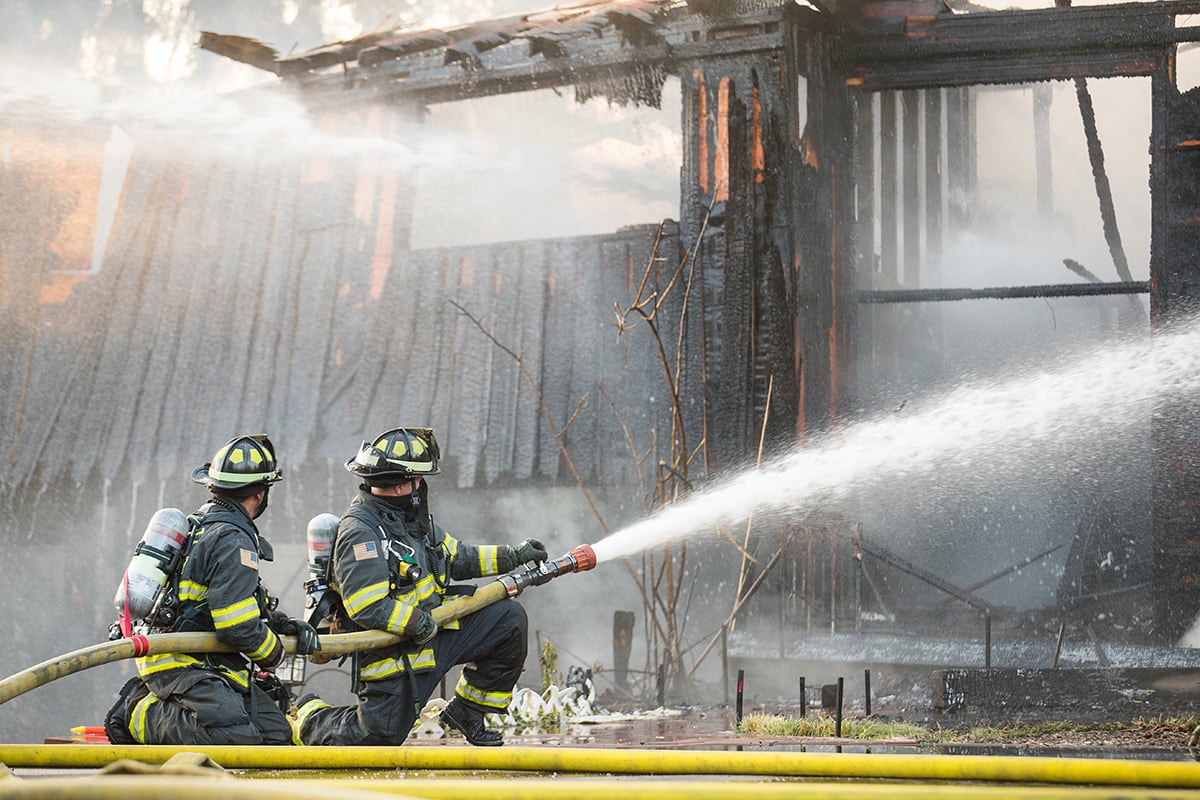
Environmental Considerations
Fire damage has far-reaching environmental consequences, from air pollution and water contamination to water damage that can lead to mould in fire restoration due to processes to put out the fire.
Depending on the extent of the fire it can be common for investigations to take place, which can result in delays accessing your property to begin restoration.
Once we are cleared to access the structure, our team will assess the environmental impact of fire damage and the responsible restoration practices that can mitigate it. This includes proper disposal of hazardous materials and adherence to environmental regulations.
Legal and Regulatory Considerations
Navigating the legal aspects of fire damage restoration is crucial. We have decades of experience of working within all the relevant legal and regulatory requirements that homeowners need to be aware of. This may involve permitting requirements, insurance claims, and compliance with local building codes.
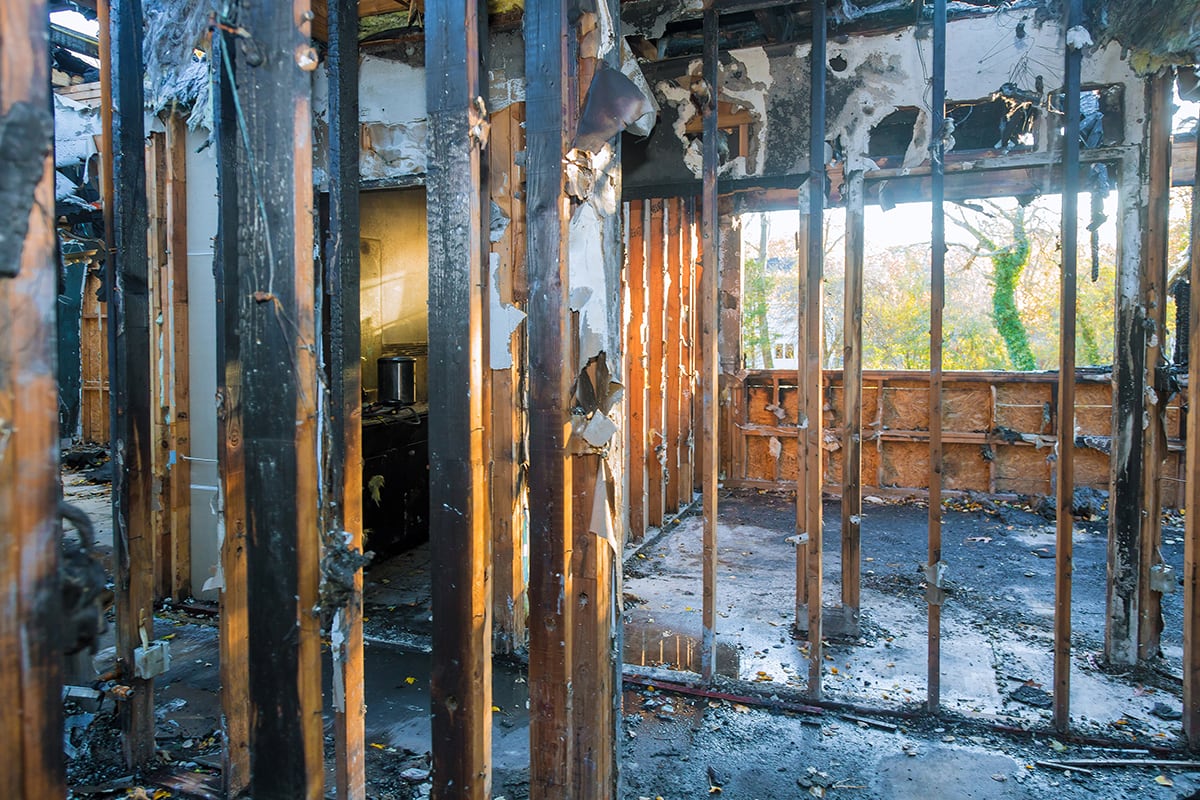
From Ashes to Renewal: Helping You Manage Fire and Smoke Damage Restoration
Fire and smoke damage restoration is a journey from ruins to renewal.
In the unfortunate event that this happens to you, we recommend having a team of trusted and compassionate professionals to walk you through each step of the restoration. Trusting certified restoration professionals is the first step towards reclaiming your peace of mind and restoring your home to its former glory.
Make Your First Call First General
Our team members have specialized training in odour control, fire and smoke remediation and contents documentation and cleaning to ensure that your home and your belongings will be exceptionally cared for and professionally restored throughout the restoration process.
FAQs
Does smoke damage count as fire damage?
Smoke damage is often considered a component of fire damage. While fire damage encompasses the destruction caused directly by flames, smoke damage refers to the residue, soot, and odours left behind after a fire.
Here's how they relate:
- Fire Damage: This includes the destruction caused by the flames themselves, such as structural damage, charring of materials, and direct burns to property.
- Smoke Damage: Refers to the residues, soot, and odours that result from the smoke generated during a fire. Smoke can travel throughout a structure, affecting surfaces, materials, and air quality.
In insurance terms or when assessing the aftermath of a fire, both fire damage and smoke damage are typically considered together as they often occur simultaneously. Smoke damage can be pervasive and cause significant harm to a property, even if the flames themselves didn’t directly touch certain areas.
How do you determine what contents can be saved after a fire?
Determining what contents can be saved after a fire involves a careful assessment based on several factors:
- Extent of damage
- Type of items
- Structural integrity
- Smoke exposure
- Water damage
- Health concerns
In general, non-porous items, such as metal or glass, might be more salvageable compared to porous materials like fabric or wood. However, each item should be assessed individually, and when in doubt, consult with professionals to determine the best course of action for salvaging or disposing of fire-damaged contents.
How long will it take to restore my home after a fire?
In general, smaller-scale fire damage restoration might take weeks, while more extensive damage could require several months for complete restoration. A thorough assessment by fire damage restoration experts can provide a more accurate estimation of the time needed to restore your home after a fire.
